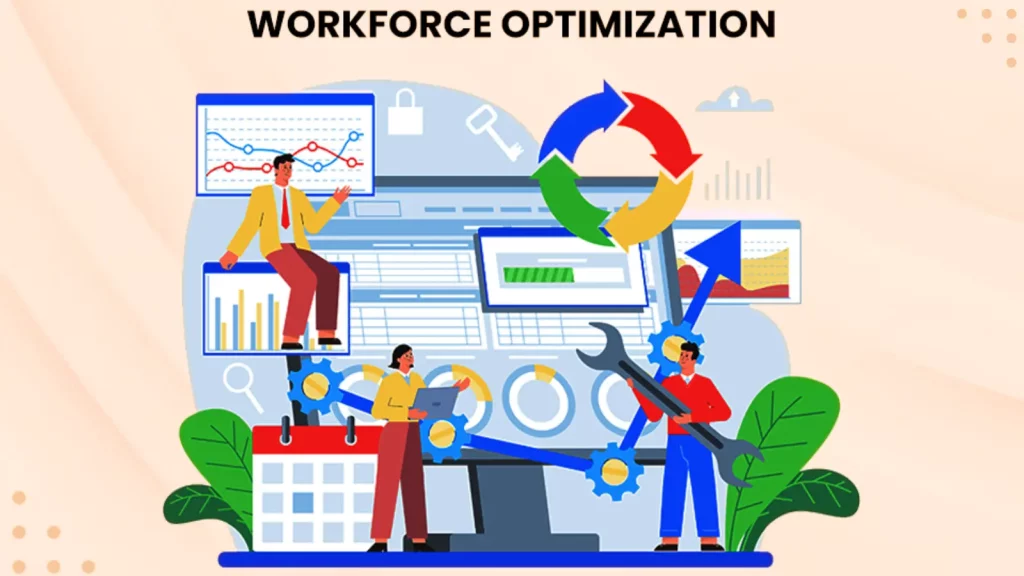Workforce Optimization for Faster Decision-Making
Workforce Optimization for Faster Decision-Making
Blog Article
How Workforce Optimization Drives Employee Retention
In today's competitive job market, retaining top talent is more crucial than ever. Large turnover prices can be expensive and disruptive, impacting productivity and morale. One efficient way to enhance employee preservation is through workforce optimization. This process targets maximizing the performance and pleasure of employees by aligning their abilities and passions with the requirements of the organization. In that post, we'll examine how workforce optimization may travel worker preservation and give sensible methods for implementation.
Knowledge Workforce Optimization
Workforce optimization involves leveraging data and technology to improve the performance and success of one's workforce. It encompasses a variety of actions, including worker scheduling, performance administration, and talent development. By optimizing these things, organizations can cause a far more engaged and productive workforce, finally leading to raised retention rates.

The Role of Knowledge in Workforce Optimization
Information represents a crucial role in workforce optimization. By analyzing staff efficiency metrics, businesses can identify trends and designs that impact retention. For instance, data can disclose which personnel are at risk of leaving and why. Armed with this information, HR professionals may build targeted interventions to address the underlying issues and increase retention.
Scheduling for Achievement
Powerful arrangement is just a critical component of workforce optimization. By aligning staff schedules with their choices and access, agencies may lower burnout and improve job satisfaction. Also, flexible scheduling options, such as for instance remote work or compressed workweeks, might help employees obtain better work-life stability, further enhancing retention.
Efficiency Administration and Feedback
Typical efficiency evaluations and feedback are necessary for workforce optimization. Workers who receive constructive feedback and recognition due to their initiatives are prone to experience valued and engaged. Employing a strong performance administration program can help organizations track development, collection objectives, and offer constant help to employees, fostering a tradition of continuous improvement.

Talent Development and Job Growth
Investing in worker progress is just a effective maintenance strategy. Workforce optimization helps agencies recognize ability spaces and give targeted training and growth opportunities. By providing employees distinct pathways for career growth and advancement, businesses may improve job pleasure and respect, reducing turnover rates.
Conclusion
Workforce optimization is just a important strategy for increasing staff retention. By leveraging knowledge, optimizing arrangement, and purchasing performance management and ability growth, organizations can cause a more engaged and successful workforce. Consequently, this brings to higher retention rates, paid off turnover fees, and a stronger, more tough organization. Begin utilizing workforce optimization strategies today and appreciate the advantages of a happier, more committed workforce.
Report this page